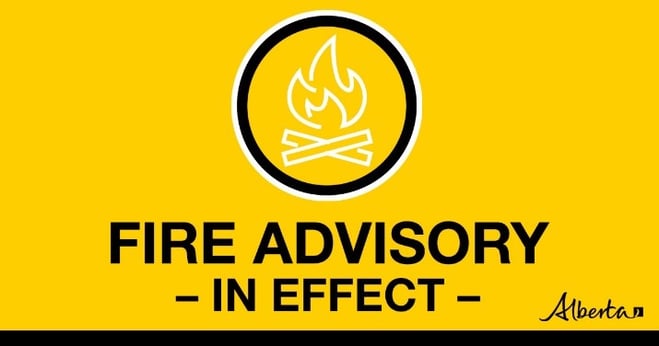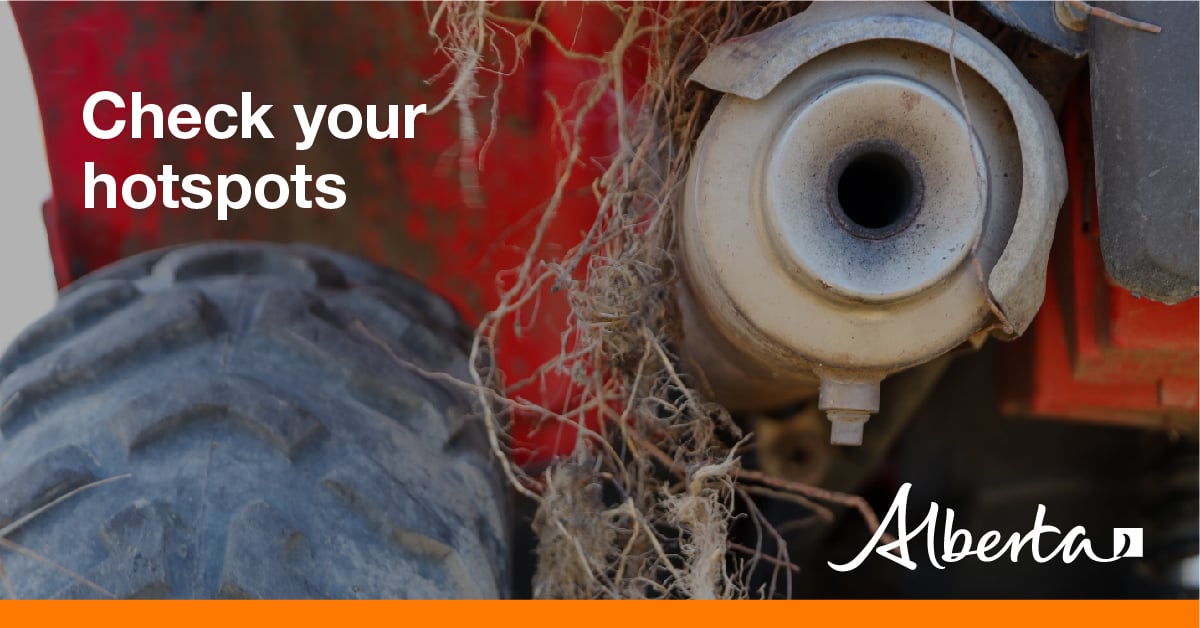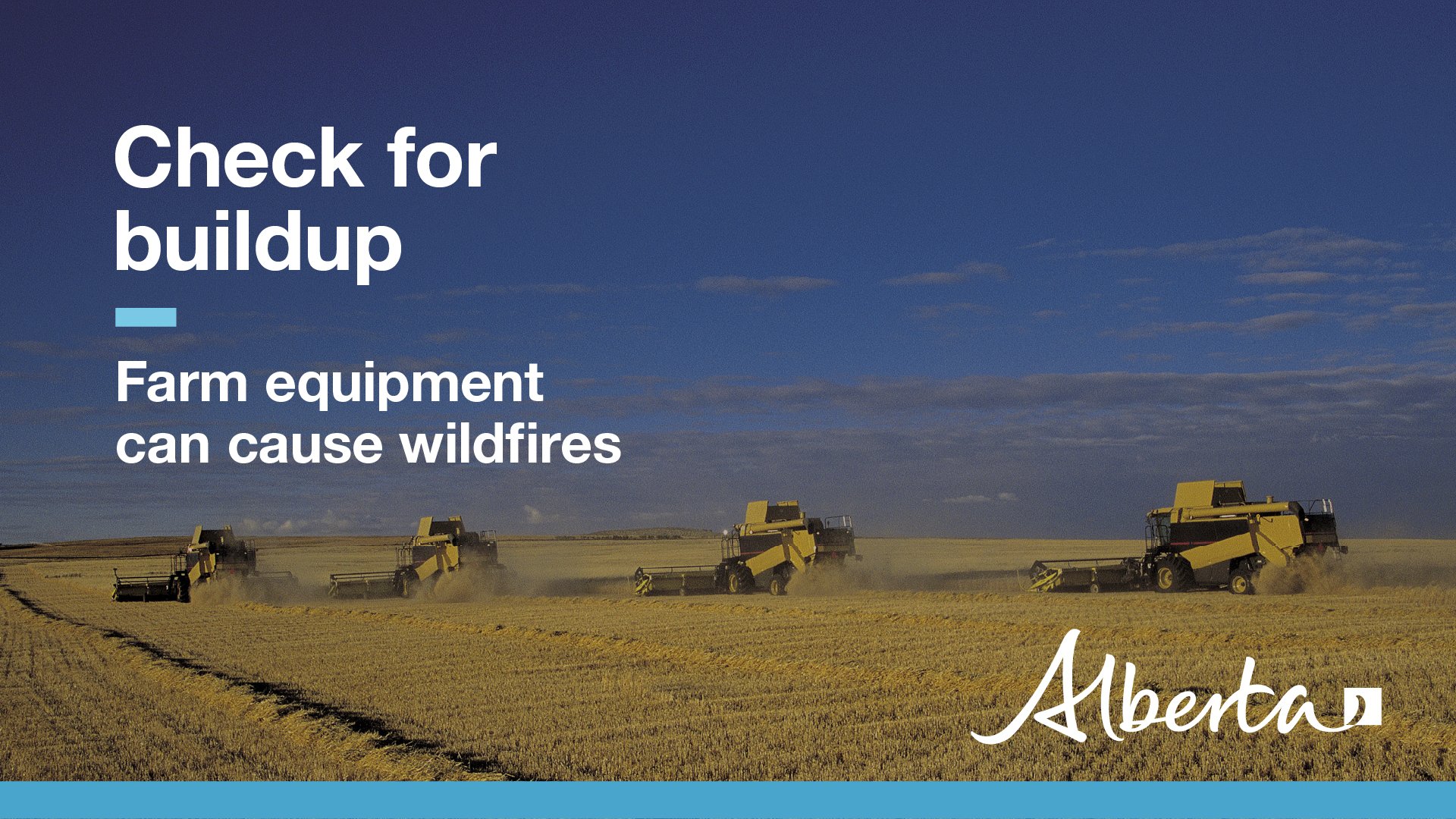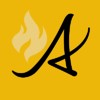
Alberta Wildfire is mourning the loss of a crew member who was fatally injured while responding to the wildfire in Jasper. A procession was held with firefighters, emergency responders and contractors lining the route. While we know that fighting wildfire can be a dangerous profession, it does not make a loss like this any less painful. Our hearts are with his family, friends and colleagues.

PEACE RIVER FOREST AREA / WILDFIRE SITUATION
There are currently two fires classified as BEING HELD in the Peace River Forest Area. Since January 1, there have been 101 wildfires in the Peace River Forest Area, which have burned approximately 218,032 hectares.


The fire danger is low through the western and central Alberta. It is moderate with pockets of high to very high in the northeast boreal and moderate to high in the agricultural zones.
Since January 1, there have been 1036 wildfires recorded in the Forest Protection Area that have burned 603,952 (ha). Last year, on this date, there were 951 wildfires that had burned 2,204,511 ha across the province. The five-year average — from January 1 to this date — is 835 wildfires, which burned 633,633 ha across the province.
CLASSIFICATIONS | Learn more about wildfire classifications.
LOCATIONS | View this wildfire on our interactive map by following the active wildfire link.
.png?width=1200&height=676&name=wildfire%20app%20(5).png)
LIGHTNING
Nature's fire starter
When it comes to starting wildfires in Alberta, lightning is second only to human activity. Of the 101 fires in the Peace River Forest Area in 2024, 56 have been caused by lightning.
Although lightning caused wildfires cannot be prevented, we can prepare and anticipate them with weather monitoring and resource allocation.
Learn more about forest fires and lightning.

SAFE CAMPFIRES
Never leave a campfire unattended: Soak it, stir it and soak it again until cool to the touch.
Wildfires can start anytime of year if the conditions are right. Here are a few tips that will help ensure a safe campfire:
-
- Never leave your campfire unattended. Before you leave your campfire, ensure you fully extinguish it by soaking the ashes, stirring them and soaking them again until they are cool to the touch.
- Choose a safe site that is out of the wind and on bare mineral ground. Ensure that sparks can't fly into nearby dry fuels or grass (a spark will fly farther than you think).
- Ensure you have sufficient firefighting equipment, including water, nearby. Don't take chances; a spark in dry grass will ignite easily and spread very quickly in windy conditions.
- Remember to visit www.albertafirebans.ca before heading out, to find the latest information about fire bans in the province.
- Never leave your campfire unattended. Before you leave your campfire, ensure you fully extinguish it by soaking the ashes, stirring them and soaking them again until they are cool to the touch.


Using off-highway vehicles (OHV), tools and equipment? Please use caution if you are using an OHV or doing any work that will produce a spark, friction or hot exhaust. With an OHV, check your muffler and maintain your vehicle in good working condition; avoid use in areas with tall grass.

Tractors, combines, swathers, balers, and other heavy machinery on the farm can be a potential fire risk. You can reduce this risk by:
- Clearing out any excess chaff around the engine, exhaust, belts, and chains
- Replacing damaged exhaust systems, drive belts, and electrical wiring
- Properly greasing moving parts
- Fixing fluid, oil, and fuel leakages
To learn more about reducing the risk of wildfire on the farm, download the FireSmart Farm and Acreage Guide.
________________________
CONTACT:

Join the conversation on Facebook, Twitter or Instagram.
HELPFUL LINKS
